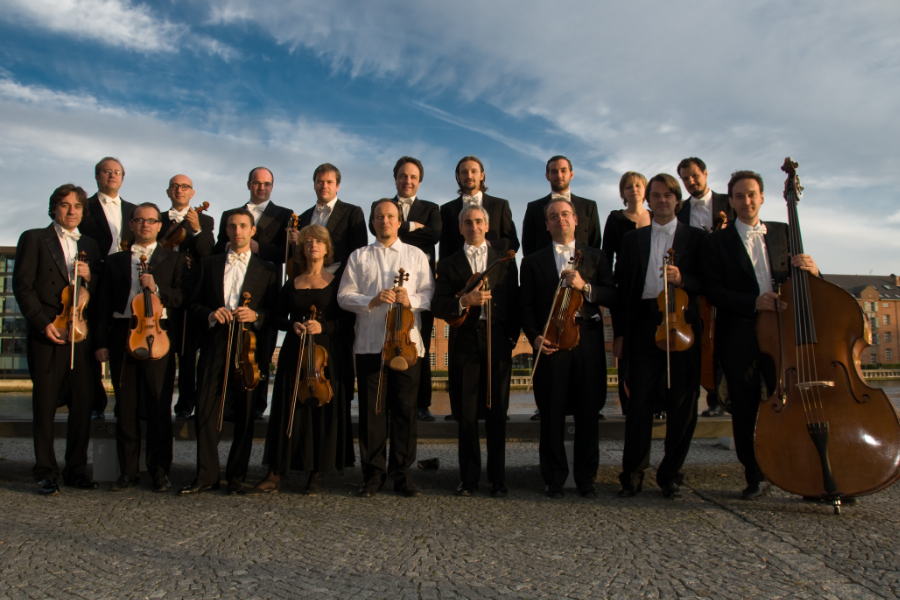The repertoire of the concert featuring Cameristi della Scala and the excellent mezzo-soprano Daniela Pini, conducted by Ernest Hoetzl, will include works by composers from the Baroque era – especially from its later heyday. We will hear the compositions by Antonio Vivaldi and George Frideric Handel, showing the richness of Baroque craftsmanship, including instrumental concerti and operatic arias, as well as those coming from oratorios.
Antonio Vivaldi became famous mainly as the author of a staggering number of concerts – over the years he wrote over four hundred of them. He also focused on other genres, for example vocal music, such as opera or oratorio. The strings play a special role in his pieces, being the basis of his works small and big. This evening, the musicians will present Vivaldi’s concerto legacy: Concerto in D minor, Concerto in G minor, Concerto in B minor for four violins and arias from his well-known operas: Griselda, Il Giustino, as well as the Juditha triumphans oratorio based on the biblical Book of Judith.
Francesco Durante, a representative of the Neapolitan school, was identified mainly with Baroque sacred music. Indeed, numerous masses, psalms, and hymns constitute a large part of his oeuvre. However he did not shy away from secular instrumental pieces, such as the solemn version of Concerto No. 2 in G minor for strings. The term concerto grosso is directly related to Arcangelo Corelli – a composer who is credited with elaborating a perfect pattern of form for a small group of solo instruments and an orchestra. Tonight’s programme includes a piece of this type by one of his students – Francesco Geminiani. The dramatic and expressive Concerto grosso in D minor op. 1 no. 12 “La Follia” is based on the famous Sonata op. 5 no.12 by Corelli. The arias Ombra mai fu and Crude furie from George Frideric Handel’s opera Serse will crown the Valentine evening at the NFM. Although it was not successful in the eighteenth-century England, its solo vocal parts are still popular today and are often performed as independent pieces.

